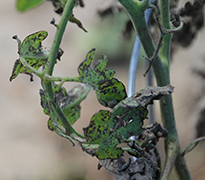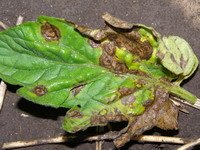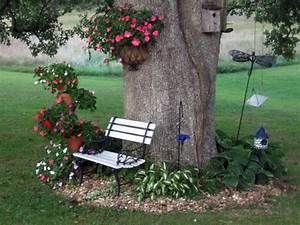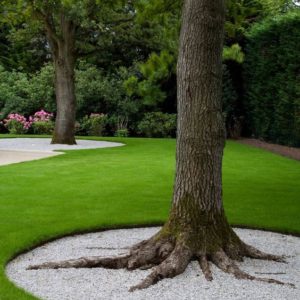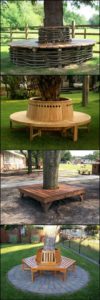Fall in love with your yard again with a pergola.
For homeowners, beautiful landscaping can make a significant difference. While lush plants and verdant lawns are common outdoor features, adding a structure to complement the greenery in your backyard is a popular move, too. Try a pergola!
What is a pergola?
Pergolas are wall-less structures that consist of vertical posts that support a roof of slatted beams or lattice. Unlike an arbor, which typically has rounded arches, pergolas are made up of straight lines. While these structures are traditionally free-standing, some homeowners attach them to the side of a house for added support.
Why do people love their pergolas?
Unlike other types of backyard structures that come with closed roofs like gazebos, a pergola is an open-roof feature that provides filtered shade. Both people and plants love them because they do not block all the sunlight. They’re also easy to install on any flat spot in your yard, so you can get creative with the placement and you can order complete kits from many stores like Menards and Walmart.
A pergola can function as a trellis for climbing plants toward the back of your yard. Need to create a little me space in your backyard? A pergola can help you carve out a little separation for an outdoor room.
Pergolas can also benefit a yard by offering good bones to a landscape all year-round and during winter in cold-weather climates, a pergola can add visual appeal to a barren yard.
Pergola design ideas
Patio or deck overhang: If you are looking for ways to dress up a concrete patio or a wooden deck, a pergola will turn what you have into a fresh new feature. For a little privacy or protection from bugs, consider adding fabric walls. Curtains, sheers, or netting rated for outdoor use will get the job done. If you prefer hard walls, wood lattice works.

Cover for a front porch: A pergola over a front porch is an architectural element that can add a little value—and curb appeal—to your home. To embellish it, hang potted plants or climbing vines. For a dash of stylish flair in the evening, you could wrap a pergola with outdoor lights.
Outdoor room: Outdoor living spaces are trending, and pergolas give you a great structure and an unlimited canvas for personalization. Virtually any spot in your yard can be transformed into an outdoor room for gardening, dining, napping, or reading on gloriously warm days.
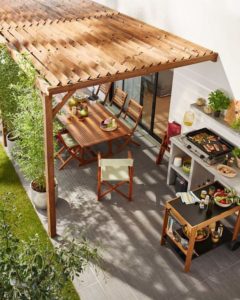
Walkway cover: Have a detached garage? Make the most of the walkway between your home and garage with a pergola that offers a little break from the sun.
Entryway overhang: Homes that lack fascinating exterior features do not make a stellar first impression. A pergola over a front door will instantly beautify a plain entry.
Outdoor entrances: Frame the opening to your side door or backyard walkway with a small pergola covered with climbing plants. Ivy, morning glory, and climbing hydrangea are all good choices. If you prefer to plant something edible, you could go with climbing vegetables like tomatoes, cucumbers, and climbing pole beans.
When planning to install a pergola, you should know that wooden pergolas are the most common with pressure-treated wood being the most economical, however, plastic ones have come on the market in many colors


